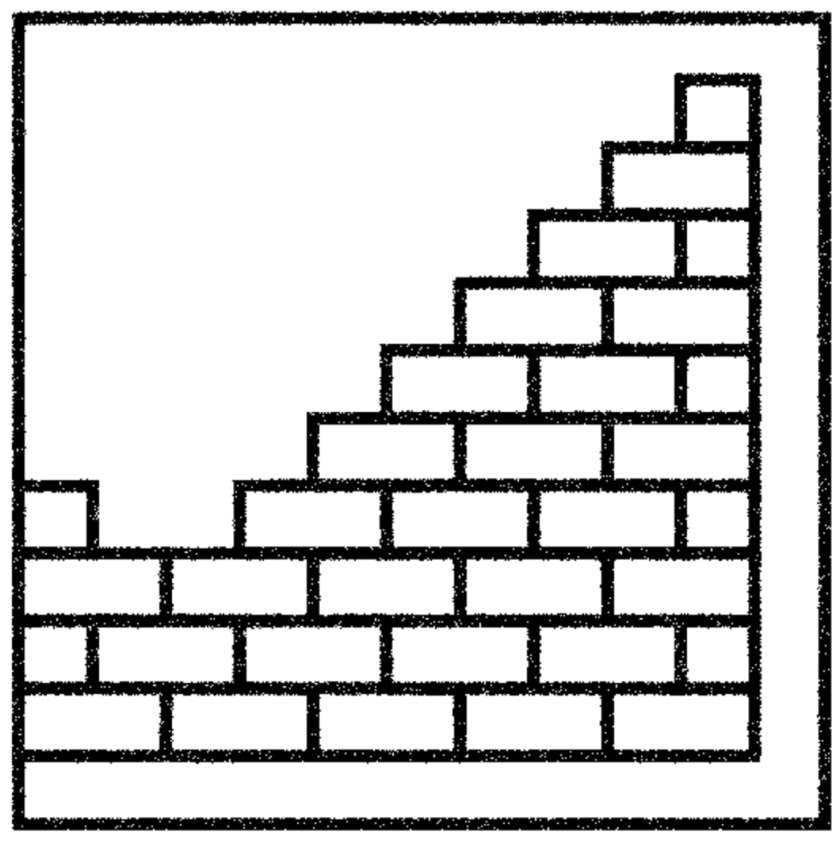Chapter 4
How much does a wall cost?

The original starting point for this project – working with housing data to see what facts could be easily articulated – was with speaking to a colleague who grew up in Italy. I am lucky to have many friends who did not grow up in Britain and one of the first facts they will say about a property is its size in square meters. Talk to someone from the UK and typically what is discussed is the number of bedrooms. This is indicative of size, but not a perfectguide. If you go and look for houses for sale right now, you will find it easy to find the number of bedrooms, but you will need to search for a little while to get the square meters (clue, it is usually in the floor plan).
This then leads to a hypothesis. Do we in the UK pay more for houses which are the same size but which have more bedrooms? That is, say there are two houses each of 100 square meters and one has an extra bedroom, do you pay more for this? Now, there is more engineering and materials that have gone into producing that room – the wall that separates it from the rest of the house. The question here though is, how much do we pay for that extra wall?
Now, a quick note on the data – the EPC data does not have bedroom but has ‘habitable rooms’ the definition of which is:
Habitable rooms include any living room, sitting room, dining room, bedroom, study and similar; and also a non-separated conservatory. A kitchen/diner having a discrete seating area (with space for a table and four chairs) also counts as a habitable room.
Thus, how does the number of habitable rooms effect prices? The graph below illustrates this well, using our benchmark analysis but segregating this by the number of habitable rooms. Panel (a) presents for all habitable rooms from one to ten. What can be seen is that there is a slightly different market for very small properties with one, two or three habitable rooms than for the rest. In these very small properties, studios (properties with one habitable room) appear to be more prefered than properties of the same size but more rooms. My interpretation of this is that they are too small to have space segregated into rooms and having one open-plan space is more flexible and thus more desirable.
From four habitable rooms upwards (although we could say from two habitable rooms upwards) there is a very clear and clean picture presented, and this is done in a tidier version of the figure in panel (b) of above (this is the same figure in panel (a) but now with one to three habitable rooms removed to show what is happening more clearly and which allows for standard error as well). With these lines, we can see that properties of the same size but with additional rooms sell for more. For example, a 100 square meter property with four habitable rooms is estimated to sell for £301k, with five habitable rooms for £316k, six habitable rooms for £337k, and seven habitable rooms for £352k. That’s an extra £51k (17%) for the same size house, just a couple of extra walls.
The figure shows consistently that adding an extra room (but keeping the property of the same size) leads to an increase in price. This is demonstrated by the way each line is shifted up from the next when we add more rooms. When we get to nine and ten habitable rooms, the differences tend to be within the margin of error until we get to the very large properties bigger than 250 square meters (less than 2% of properties sold).
This was the first piece of analysis I did with this data and it always surprises me how clean the results are, suspiciously so. Perhaps one might have expected larger premiums for the price of a wall, but the relationships are very consistent.
How much does a wall cost (a)
The bottom line
A 100 square meter property with four habitable rooms is estimated to sell for £301k, five habitable rooms for £316k, six habitable rooms for £337k, and seven habitable rooms for £352k. That’s an extra £51k (17%) for the same size house, just a couple of extra walls.